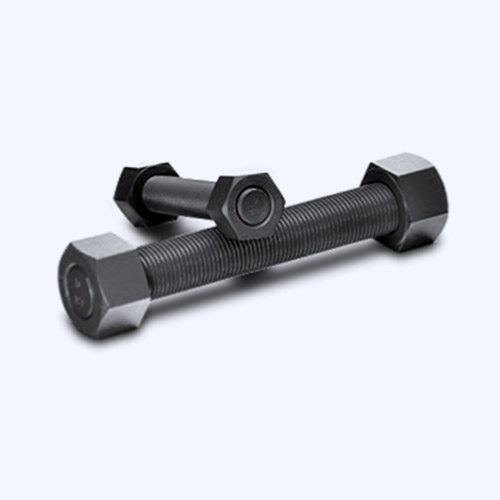Nov . 19, 2024 06:30 Back to list
Choosing the Right Sleeve Anchor for Secure Brick Applications
Sleeve Anchors for Brick A Comprehensive Guide
When it comes to securing fixtures to brick walls, sleeve anchors are an excellent choice. These versatile fasteners provide strong and reliable hold, making them ideal for a variety of applications, from hanging shelves to mounting heavy equipment. This article will explore the benefits, installation process, and considerations of using sleeve anchors for brick.
What is a Sleeve Anchor?
A sleeve anchor consists of a metal stud with a sleeve that expands when the anchor is tightened. This design enables it to create a strong grip as the sleeve expands against the sides of the drilled hole in the brick, ensuring that the anchor holds firmly in place. Sleeve anchors come in various sizes and lengths, suitable for different thicknesses of materials you might be fastening to the brick.
Benefits of Using Sleeve Anchors for Brick
1. Strength and Stability Sleeve anchors provide excellent holding power, making them suitable for heavy-duty applications. They are particularly effective in brick due to the material's strength and density, allowing for a solid anchor point.
2. Versatility These anchors can be used for various applications, including attaching brackets, cable trays, and signage. They can also be employed in outdoor settings, as many sleeve anchors are made from zinc-plated steel to resist corrosion.
3. Ease of Installation Installing sleeve anchors is relatively straightforward, and they can be installed without special tools. All you need is a drill, a masonry bit, and a wrench or socket.
4. Minimal Damage When installed properly, sleeve anchors cause minimal damage to the surrounding brick, which is an important consideration for repairs or when working on historical buildings.
Installation Process
Installing sleeve anchors in brick requires careful attention to detail to ensure a secure fit. Here’s a step-by-step guide
sleeve anchor for brick

1. Select the Right Size Choose a sleeve anchor that matches the weight of the object you intend to mount. Consider the length required for your specific application, ensuring that the anchor will penetrate sufficiently into the brick.
2. Mark the Location Determine where you want to install the anchor and mark the spot with a pencil. It’s crucial to ensure that your markings are level and in the correct position.
3. Drill the Hole Using a hammer drill fitted with a masonry bit, drill a hole into the brick at the marked location. The diameter of the drill bit should match that of the sleeve anchor. Ensure that the hole is deep enough to allow the sleeve to expand fully.
4. Clean the Hole After drilling, clean out any dust or debris from the hole. This step is essential as it helps the sleeve anchor to achieve a better grip.
5. Insert the Anchor Slide the sleeve anchor into the hole. Ensure that the anchor is flush against the surface of the brick.
6. Tighten the Nut Use a wrench or socket to tighten the nut on the anchor. As you tighten, the sleeve will expand, gripping the sides of the hole in the brick securely. Be mindful not to overtighten, as this can cause damage to the brick.
7. Test the Hold After installation, give the fixture a gentle tug to ensure that it is securely anchored.
Considerations
While sleeve anchors are reliable, a few considerations should be kept in mind
- Brick Quality Ensure that the brick is not cracked or crumbling, as this can compromise the effectiveness of the anchor. - Location Avoid placing anchors too close to the edge of the brick, as this can lead to cracking and reduced hold strength. - Environmental Factors In outdoor applications, make sure to use corrosion-resistant materials, especially in areas prone to moisture.
In conclusion, sleeve anchors are a robust and versatile solution for securing fixtures to brick. By following the proper installation methods and considering the factors involved, you can ensure that your anchors hold strong for years to come. Whether you're a DIY enthusiast or a professional contractor, understanding how to effectively use sleeve anchors can enhance the durability and integrity of your projects.


